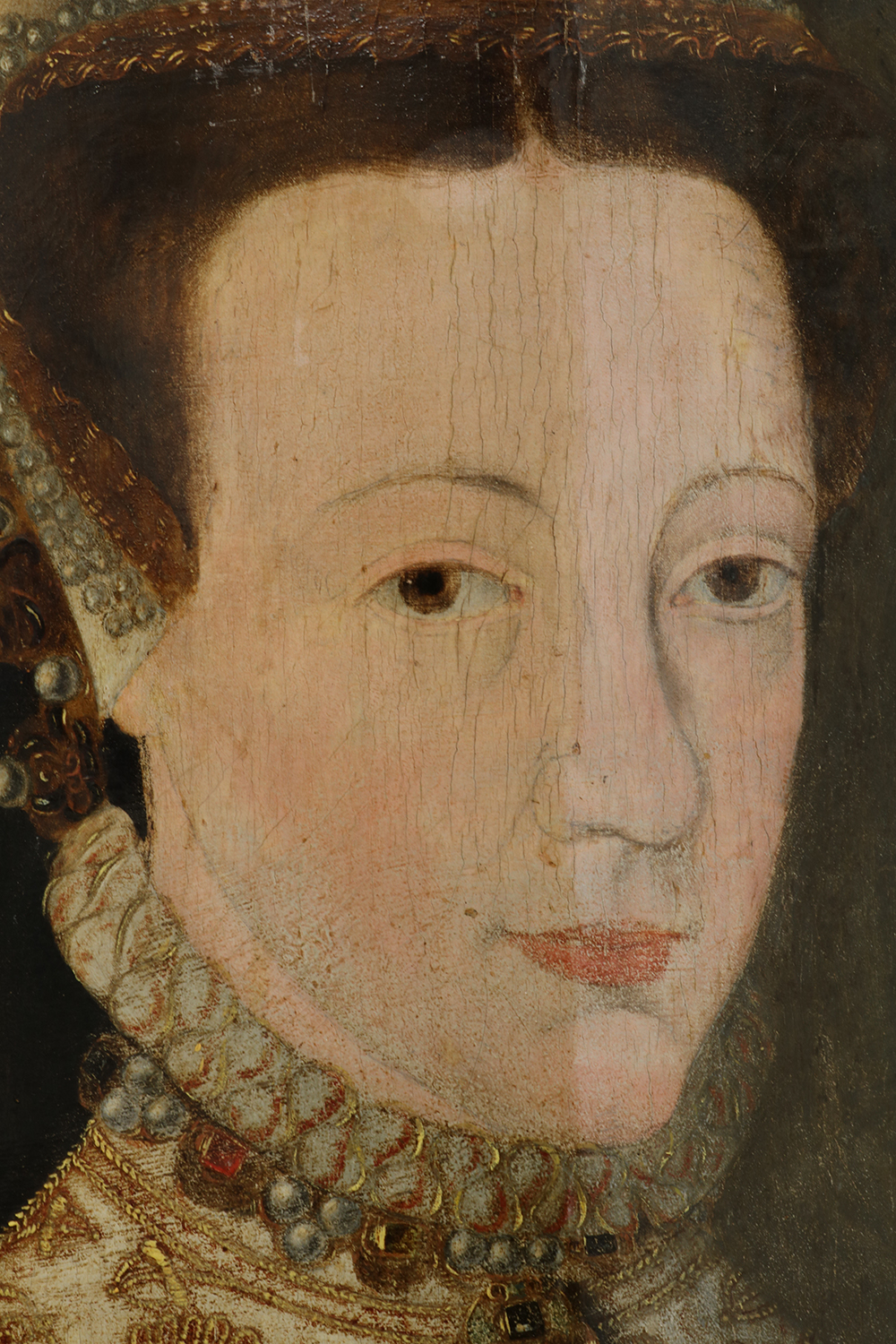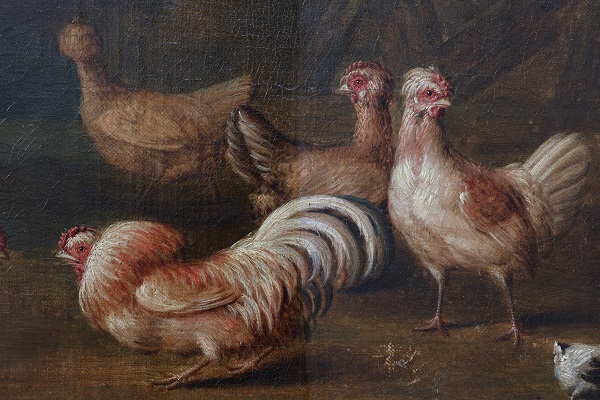Paintings require treatment for a variety of reasons, such as accidental damage, old varnish and dirt layers or the natural degradation of materials over time. Something can be done for every painting, even those that appear beyond repair. Every treatment is individually tailored to the painting in question using stable materials and methods which are reversible where possible and minimal intervention is always the aim of treatment. Conservation aims to stabilise and consolidate the original materials of the artwork, respecting the natural age and degradation of historic materials. Restoration aims to present the artwork as the artist would have originally intended, repairing and integrating areas of loss or wear without disguising the history and age of the work.
The job requires patience and methodical attention to detail, and the rewards are numerous. Meeting clients, seeing a variety of art works and learning about their history is always a fascinating part of the job. It is a privilege to work so closely with paintings, the conservator will know every square inch of a paint surface and understand the skill the artist has used to create the piece. Returning a painting to a client after treatment is always an enjoyable and satisfying moment.
Portrait of Lady Mary Fitzalan, Duchess of Norfolk
This important painting was bought at Cheffins in 2020 and had been executed on a single piece of oak, dating back to between 1562 – 1580, following dendrochronology research. The portrait is a version of a three-quarter length painting by Hans Eworth, now in the collection at the Yale Center for British Art. The portrait was probably made for a branch of the family following the early death of Lady Mary, after the Eworth painting.
The panel has developed a vertical curvature over time. On arrival at the studio the panel profile was measured and regularly checked to see if it was particularly responsive to changes in temperature and humidity. The panel was found to be very stable and appears to have settled into its current curvature.
I could see that the paint layers were in very good condition for the age of the work, and whilst there was some wear and abrasion in the sitter’s face, the dress and jewels were found to be in an excellent state of preservation. In the area of the sitter’s face stress cracks had formed over time. These follow the vertical wood grain of the panel and occur with movement in the support. Although stable, the dark lines were visually distracting to the viewer, especially occurring in such an important area as the subject’s face. The varnish layer had become yellowed and dull over time.
The treatment involved removal of the varnish layer using solvents, carefully tested prior to cleaning to ensure that the paint layer below was not affected. After cleaning a brush coat of conservation grade varnish was applied to saturate the paint layers. The cracks in the sitter’s face were toned to make them less visually disturbing and whilst they are still visible, they are part of the history of the painting and are accepted as part of the natural aging. The panel was poorly held in the it’s frame with two bent mirror plates. The frame was also not deep enough to securely house the panel which protruded at the reverse due to the curvature. Hung like this on a wall the pressure on the edges of the panel could cause splits and damages over time. The frame was adapted to include a build up at the back and conservation framing was undertaken to ensure the panel is stable and secure.
 Portrait of Lady Mary Fitzalan, Duchess of Norfolk, showing before and after varnish removal
Portrait of Lady Mary Fitzalan, Duchess of Norfolk, showing before and after varnish removal
Poultry in a landscape with cockerels sparring, George William Sartorius, 1807
A painting of this age will have been restored at least once in its lifetime. In this instance the painting had been lined, a process which involves attaching a canvas to a secondary support. In the nineteenth century this procedure was standard practice, sometimes as a precautionary measure. In this instance it is likely that the painting was lined to secure old damages to the canvas and paint layers. Sometimes with old restorations, overpaint is applied more liberally than would be done today. It is easier to disguise an old damage by painting an area wholesale, sometimes covering original paint that is in good condition. This was the case with the Sartorius painting, the sky had large areas of overpaint covering larger areas than just damages.
The varnish on this painting was also yellowed, and in the sky affected the blue tone, creating a warm greenish appearance. Old varnishes lose saturation, this particularly affects the darker passages of a painting. The darkening of a varnish affects the lightest paint passages, these two phenomena combined mean that the contrast between light and dark is lost, flattening the composition.
Layers of dirt and varnish were carefully removed. The later areas of overpaint were also cleaned revealing small damages which had been repaired. When paint loss occurs, the area has to be consolidated to ensure no further material is lost. The hole left in the paint layer due to loss is filled with a putty, usually containing chalk and an adhesive. The old fills were well done and in a good condition so were left in place. Today, retouching is carried out using a synthetic resin medium which mimics the appearance of oil paint but remains reversible over time, it can be easily removed without affecting the original paint layers. The colour is matched by grinding pigments into the medium, again using pigments which will remain stable and not discolour or fade over time. Traditionally oil paint was used to retouch paintings, however, oil paint changes colour over time and can becomes very tough and hard to remove.

A part of Poultry in a landscape with cockerels sparring by George William Sartorius showing before and after varnish removal
Conclusion
Both of these examples show the effect of cleaning and removal of an old varnish. Sometimes a yellowed varnish is acceptable on a painting, but in these two works the original intention of the artist, including depth and recession of the composition, have once again been re-established. Due to modern materials used in the conservation, the paintings can be enjoyed and will hopefully not need to be treated again for several decades.
For more information on paintings conservation and for expert advice, you can find more information at https://www.paintingsconservation.co.uk/